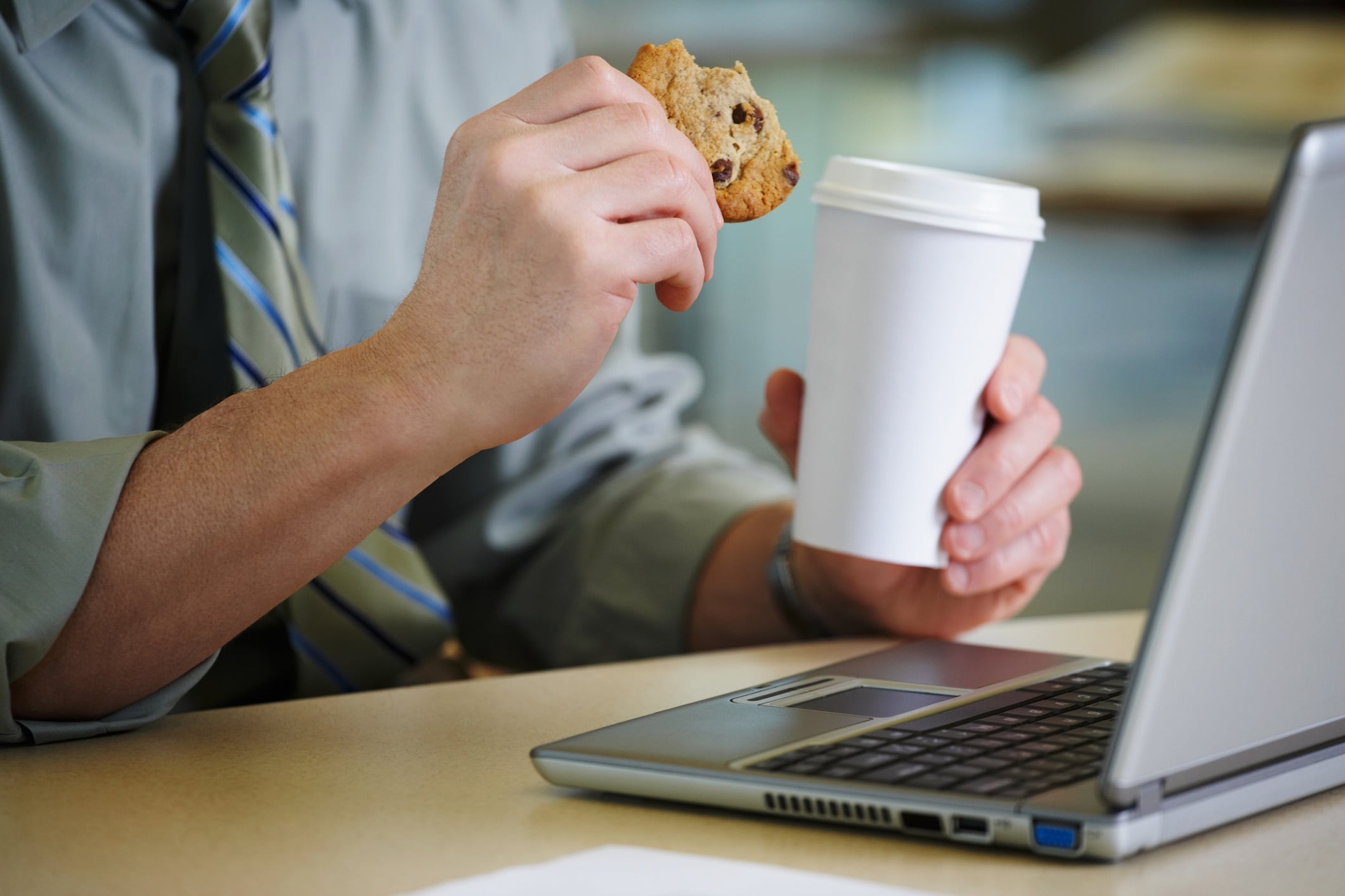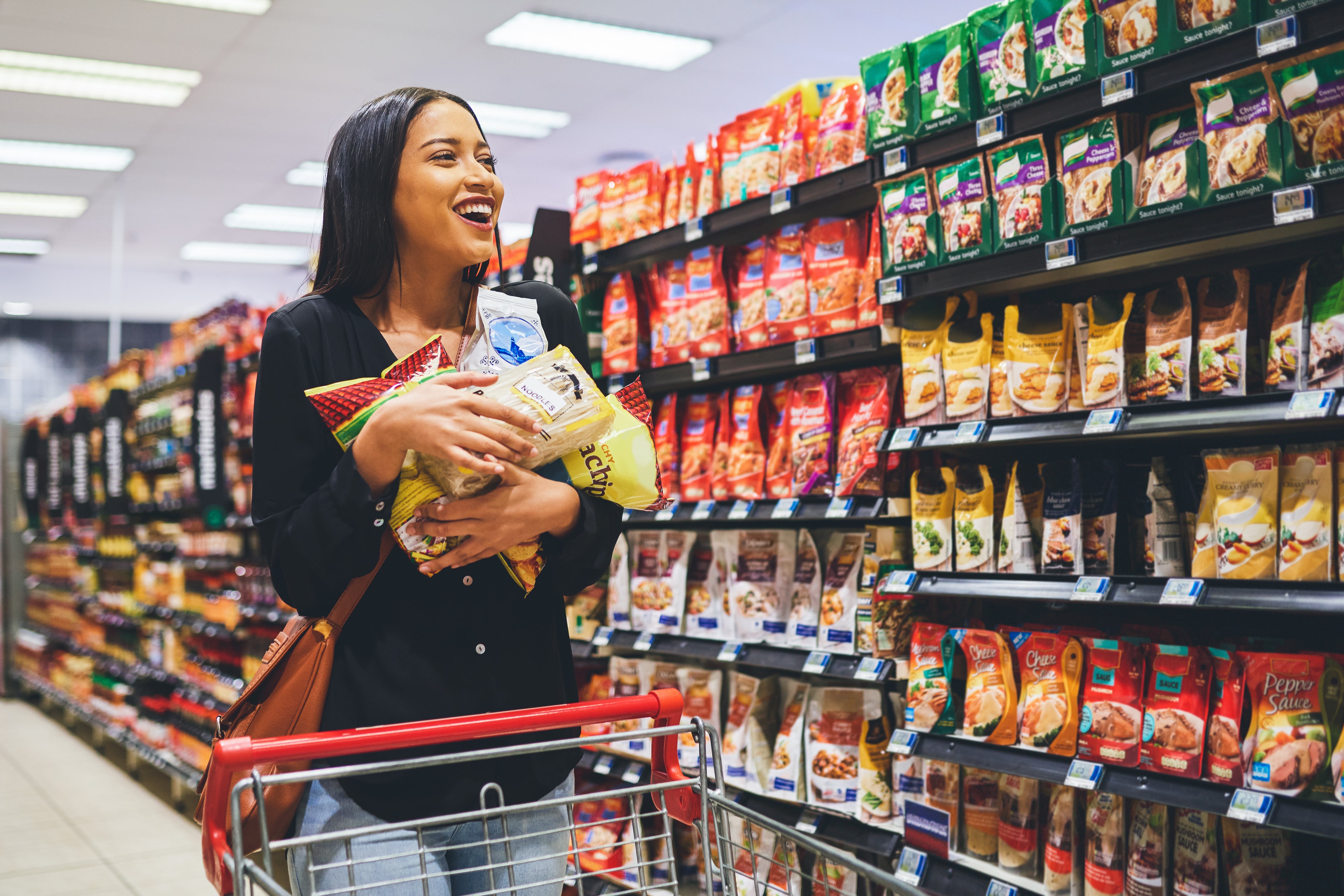Let’s face it: snacking isn’t what it used to be. Gone are the days when it just meant raiding the cupboard for chips or cookies. In our fast-paced, always-on world, people are snacking more than ever – and with a purpose.
According to IGD’s Global Convenience Trends Report 2025, the global convenience retail market is on track to hit $1 trillion by 2029, thanks to a surge in demand for food that’s flexible, instant, and tailored to today’s lifestyle.
And here’s where things get interesting: snackification is quickly becoming the go-to eating pattern for millions. That means more opportunities for brands to meet these snack-savvy consumers with products that are nutritious, indulgent and ready when they are.
As Jack Helm, account manager for Food at ACI Group, notes, snackification taps into our “generational fascination with low-effort, grab-and-go food” that stretches from sci-fi pop culture to the latest convenience tech. “Some of those meal-in-pill fantasies may never come true, but the idea of convenient, delicious and nutritious food being available on demand is absolutely here to stay,” he says.
Why snackification is booming
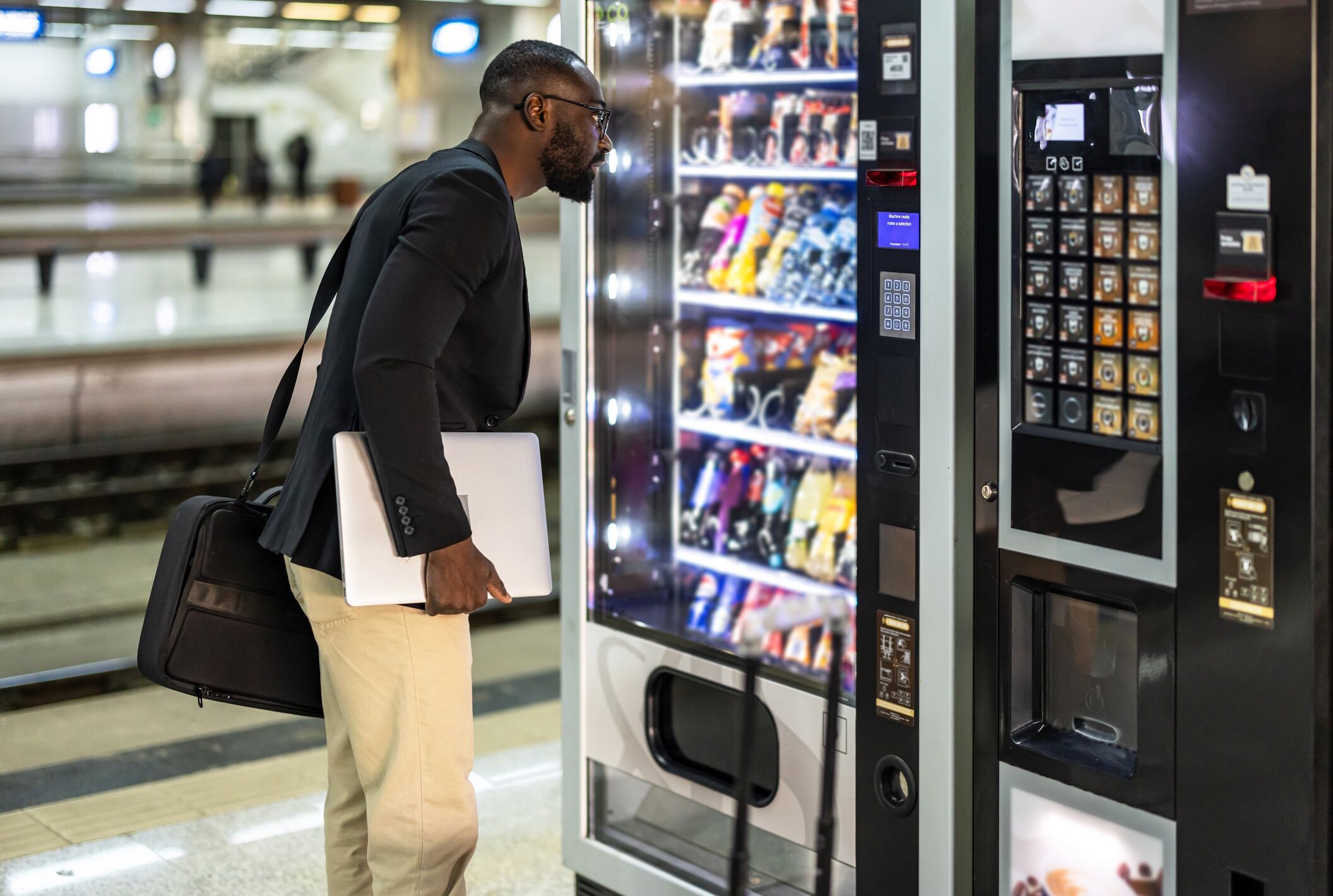
Consumers are ditching the old ‘three square meals’ routine in favour of something a bit more bitesized. Nearly 67% make spontaneous meal decisions and 60% now prefer to split meals into several smaller snacks throughout the day. Among 18- to 34-year-olds, a whopping 74% snack multiple times a day.
Helm highlights that convenience is the key driver. “People don’t have the time or appetite for a big sit-down meal three times a day anymore. They want something they can grab, enjoy quickly, and move on with their day. That’s where snacks shine.”
This shift also opens the door to small indulgences that don’t break the calorie count – or the bank. Helm adds: “You no longer need to go all-in on a blowout meal to treat yourself,” adds Helmo. “High-quality snacks offer exciting new flavours and luxurious textures in bite-sized formats.”
And when it’s cold out or the weekend rolls around, snacking only ramps up.
“Our research also shows that more than half (56%) of consumers snack all year round, but the colder months, particularly winter, witness the highest snacking behaviour (34% of consumers),” reports 84.51°. “While 60% of consumers claim their snacking habits remain consistent throughout the week, 28% say they snack more on the weekends.”
Health goals, flavour preferences and the need for low-effort energy boosts are all part of the equation.
According to 84.51°, 62% of consumers snack to satisfy cravings, while 42% pair snacks with relaxing activities like reading or watching TV. Unplanned purchases are huge – 54% are driven by sales, with self-treating (47%) and hunger (41%) right behind.
When it comes to trying something new, several key triggers drive trial:
- 59%: The snack is on sale
- 58%: The flavour or texture looks appealing
- 51%: A coupon sweetens the deal
- 49%: A recommendation from a friend or family member
For snack makers, these insights reinforce the importance of bold packaging, irresistible sensory appeal and smart pricing strategies – plus the enduring power of good old-fashioned word of mouth.
The new rules of snacking

Today’s snacks are multitaskers. People want snacks to taste great; to fit their budget and time-poor schedule; and to come with some kind of health bonus. According to 84.51° and Circana, top purchase drivers include taste (79%), price (61%), protein content (47%), and low sugar (37%) – especially among younger shoppers.
Snacking habits, however, change with the time of day:
- Morning: Yoghurt and fruit are the go-to.
- Afternoon: Cheese takes the top spot.
- Evening: Veggies and popcorn rule.
- Late Night: A surprising number reach for cheese again.
We’re also seeing the rise of the ‘snack with benefits’. Probiotics, fibre, plant-based proteins and polyphenols are popping up in everything from snack bars to crisps. Circana reports that 51.6% of consumers now buy products with probiotics – that’s up 13.5% from 2020. Clearly, gut health is trending.
Helm believes that modern snacks must not just fill a gap, but rival meals in nutritional performance. “Today’s consumers are more conscious than ever about what they’re putting into their bodies. They expect snacks to work harder,” he says. To meet that demand, Helm suggests a strategic use of functional ingredients – like premium proteins, pre- and probiotics, fibre and even antioxidant-rich extracts from grapes or olives – to give snacks more substance.
Brands are diversifying formats to keep up. Traditional snacks are being transformed into nutrient-dense minis, resealable pouches and single-serve packs for portion control. Even breakfast, meal kits, beverages and desserts are being ‘snackified’ to fit evolving eating patterns. That means nearly every food category is fair game for reinvention.
How brands can ride the convenience wave
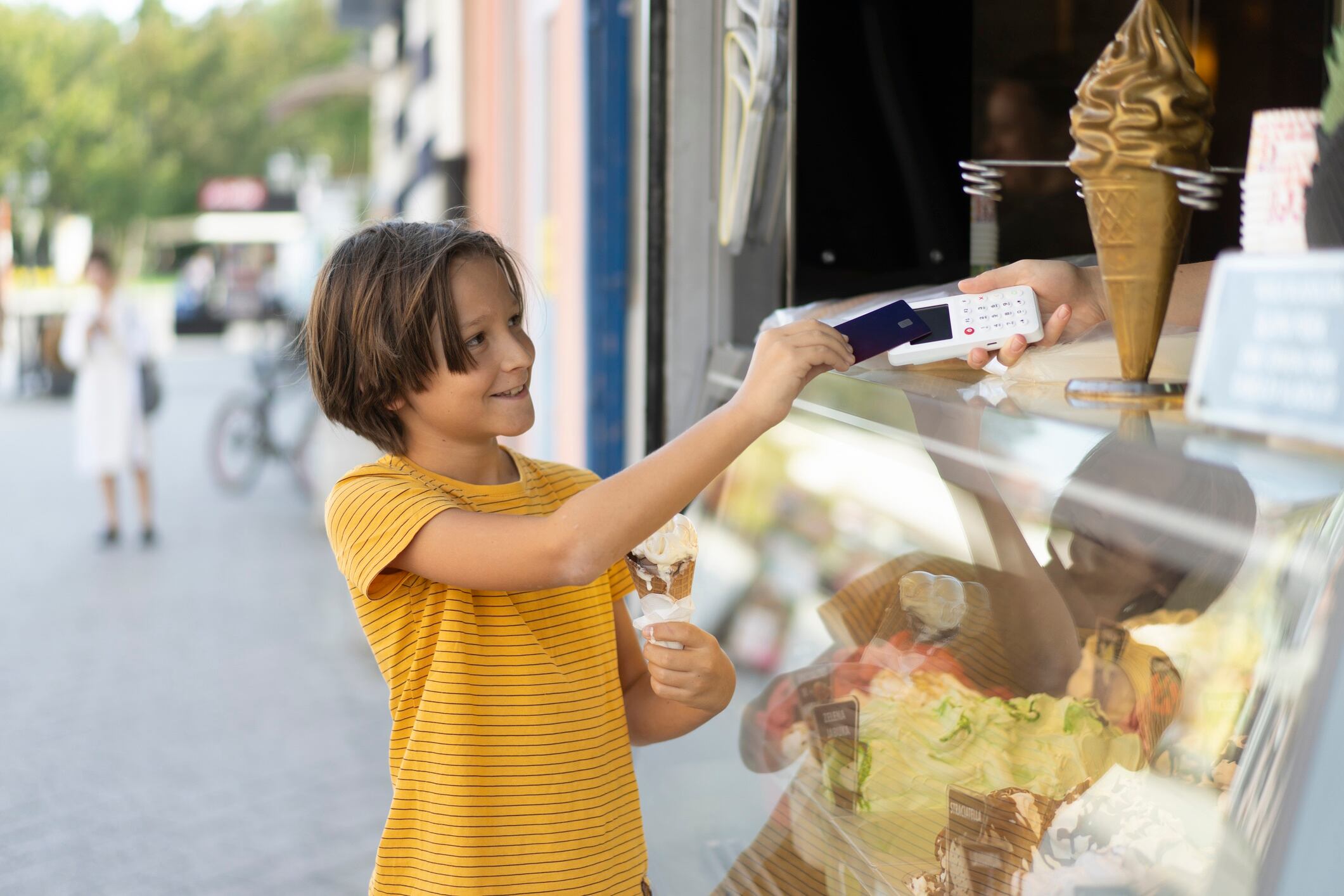
IGD identifies five big trends shaping the future of convenience retail. Here’s how snack brands can tap in:
Tech evolution
Shoppers expect tech-driven ease – think QR codes, app-based loyalty and seamless checkout. Retailers are leveraging digital tools to drive growth and snack brands that play along can get right in front of the right consumer at the right time.
The rise of retail media networks and first-party data from loyalty programmes is transforming how snacks are promoted. Custom offers, location-based ads and behaviour-driven recommendations can boost both discovery and repeat purchase.
Food mission
Snacks now straddle multiple missions: breakfast substitute, work fuel, after-school treat or late-night bite. Offer variety across dayparts and play with global flavours: think Korean-inspired protein chips or Mediterranean snack boxes.
And while you’re at it, layer snack lines to serve ‘food for now’ and ‘food for later’ with thoughtful packaging and menu adjacencies. Elevating the snack with a mission-first mindset builds emotional connection and purpose.
Shifting space
Space is tight in small-format stores, so standout packaging matters more than ever. Think compact, stackable, resealable formats – and don’t forget to make it Insta-worthy. Front-of-pack function claims and bright flavours can seal the deal.
Retailers are reconfiguring store layouts to make room for high-margin snacks, quick-service food counters and grab-and-go shelves. Brands that can innovate within these limits stand to gain.
Targeted value
Consumers aren’t just chasing low prices, they’re looking for snacks that feel worth it. Mini luxuries, seasonal exclusives and multipack bundles go a long way in building loyalty and trip spend.
There’s also a regional dimension: according to IGD, value perception varies across markets. Clear signage, loyalty integration and personalised digital coupons can bridge the perception gap and drive frequency.
Striving for better
Eco-conscious and health-minded shoppers are growing. Use upcycled ingredients, promote functional claims and shout about sustainability wins. These choices matter and can boost both brand image and operational efficiency.
According to IGD, health and sustainability aren’t typically top of mind for convenience shoppers but that’s changing. Brands can lead the shift with carbon-conscious packaging, ethical sourcing and cleaner ingredient decks.
“Convenience retail is evolving from quick transactions to smart, seamless experiences,” said Sneha Haria, insights manager for IGD.
“While the sector uses its proximity and adaptability to meet consumer trends, it must address costs and competition challenges. Retailers need to close the price perception gap with other channels and make targeted value visible across regions. Sustainability and health are emerging trends globally, even though they are not typically front of mind for convenience shoppers.”
Beyond the bite
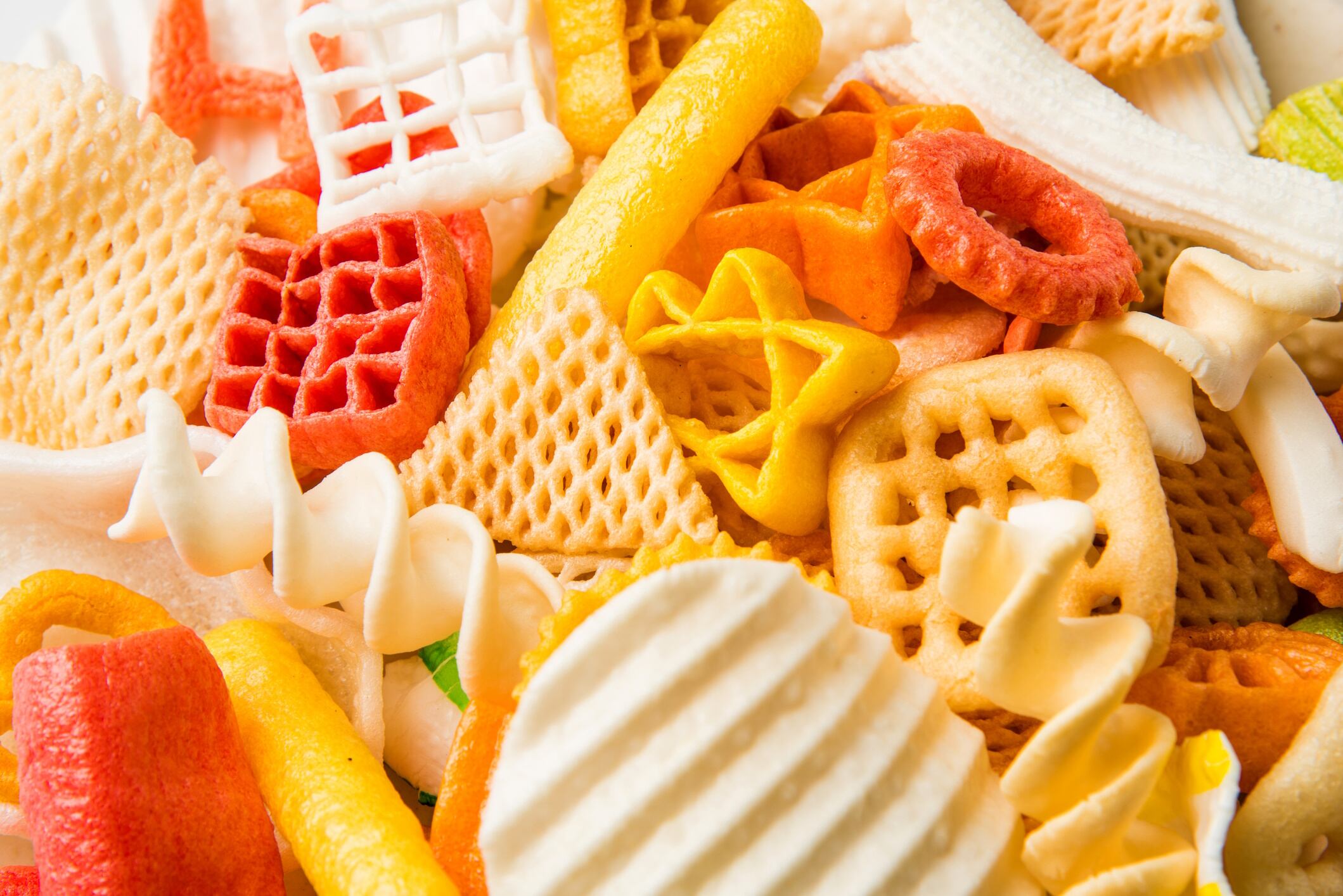
The future of snacks is getting high-tech. Microwave-assisted vacuum frying and freeze-drying are helping manufacturers deliver better-for-you options without sacrificing crunch or flavour. Snack developers are also watching 3D printing and personalised nutrition, which could unlock new levels of customisation.
As Helm explains, the ability to incorporate versatile, functional ingredients that complement emerging processing technologies will be critical. “We’re entering a new era where food tech and functional formulation go hand in hand,” he says.
Quick commerce (Q-com) is a gamechanger, too. In India, Mondelez says Q-com platforms are fuelling experimentation among younger, higher-income consumers. These platforms are perfect for launching bold new flavours or limited run products and offer data that helps brands pivot fast.
Meanwhile, category blur continues. Protein snacks now rival bars in flavour and indulgence. Breakfast bites double as desk lunches. Dessert-inspired treats pack immunity support. And new ingredients like grape seed extract, olive-derived polyphenols and novel plant fibres are turning snacks into everyday wellness tools.
At the 2025 Sweets & Snacks Expo, more than 400 new products were showcased across 12 categories: many tapping into trends like permissible indulgence, functional benefits and global flavour fusions. As Sally Lyons Wyatt of Circana put it, “The way consumers are connected to snacks is changing.”
She added 59.3% of consumers state they like to eat snacks that add ‘excitement’ to their daily diet (up 8.6% from 2020). And brand loyalty still matters: 63.1% of consumers say they stick with their preferred snack brands (up 4% from 2020). That means once a brand breaks in, staying power comes from consistency, relevance and staying ahead of trends.
For manufacturers, that means big opportunities to deliver delicious, convenient and functional snacks that match today’s fast-paced lives. By plugging into evolving convenience formats, embracing functional ingredients and keeping one step ahead of tech and retail trends, snack brands can do more than satisfy cravings. They can reshape the very idea of a meal.
Snack stats that matter
- $1T+: Projected global convenience retail market by 2029
- 74%: 18-34-year-olds snack several times a day
- 51.6%: Consumers purchasing probiotics (up 13.5% since 2020)
- 59.3%: Say snacks add excitement to their day
- 6 in 10: Prefer meals split into smaller snacks
- 48.8%: Eat more than three snacks per day (up 2.7% vs 2024)
- 63.1%: Stick with their favourite snack brands (up 4% from 2020)


